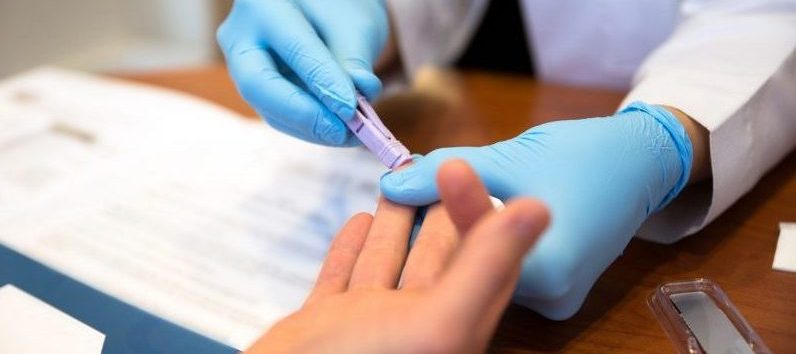In the early 2000s, when Tedd Ellerbrock traveled through countries like Botswana and Swaziland, he saw coffin makers lining up their coffins for use. The AIDS epidemic had ravaged Africa to an almost unthinkable degree, and he witnessed the devastation first-hand.
“You saw death,” Ellerbrock said, “just death everywhere.”
In the years since, Ellerbrock has become a champion of HIV/AIDS medical relief. As Chief of the HIV Care and Treatment Branch at the Centers for Disease Control and Prevention (CDC), he’s brought medical assistance to millions of people in sub-Saharan Africa, which is among the most affected areas in the world. His work there led to him winning the career achievement award at the 2017 Service to America Medals ceremony (SAMMIES).
Recently, he spoke with Christopher Dorobek on the DorobekINSIDER to discuss how the CDC’s has given millions of people a new lease on life.
Prior to the early 2000s, only about 50,000 infected Africans were receiving antiretroviral treatment. In 2004, President George W. Bush signed the President’s Emergency Plan for AIDS Relief (PEPFAR), which drastically increased assistance efforts for the disease in vulnerable countries, primarily those in Africa.
Ellerbrock considers it “an incredible opportunity to do good,” and said he said the CDC has found it to be an easy sell for leaders of the countries in need of help. Rather than build new clinics in those countries, PEPFAR often builds on the infrastructure already in place, strengthening elements of their program. And for many African leaders, the epidemic is a personal issue.
“Put yourself in the place of an important person in one of those countries — Kenya, Tanzania, Mozambique, Malawi, South Africa,” Ellerbrock said. “Now, remember that a quarter of your adult population’s infected. Do you think, if you’re one of those individuals, you don’t have members of your family that you’ve seen die from this terrible disease? They all do. It’s everywhere.”
This PEPFAR funding — about $5 billion per year for its HIV/AIDS programs — has made antiretroviral treatments significantly more accessible, saving millions of people so far, per estimates.
“We have almost 12 million people treated at over 16,000 facilities in 40 countries,” Ellerbrock said. “And, to me, this is what America’s about.”
Ellerbrock is a trained OB-GYN-trained epidemiologist, and he decided many decades ago while working for the Peace Corps in the 1960s that he would do the kind of work that saved lives in vulnerable communities. He started with the CDC a decade or so later, with a goal of bringing modern medicine to underdeveloped countries. When Bush signed PEPFAR, higher-ups tasked Ellerbrock with setting up the treatment program.
“Basically starting from scratch, we developed systems that we applied in country after country after county,” he said. “Quite frankly what we did is that we figured out how to franchise this effort. In other words, we developed clinics and found the ones that worked the best and we copied the ideas the best we could, and then we’d replicate it.”
For someone like Ellerbrock, who’s considered himself a public servant for decades now, his career with the CDC has been a fulfilling one.
“I think all of us who go into medicine — nurses, doctors and other healthcare providers — really have this kind of idealistic idea, at least to some degree, that they really want to try to help people,” Ellerbrock said. “Just imagine being able to work on a program with many others to save millions of lives. I’m telling you, that’s a big high for me. I still arrive at my office at 5 [a.m.] every morning just raring to go.”
Enjoying these stories of the federal government’s undercover heroes? Check out the other SAMMIE finalists and follow their successes here.





Leave a Reply
You must be logged in to post a comment.